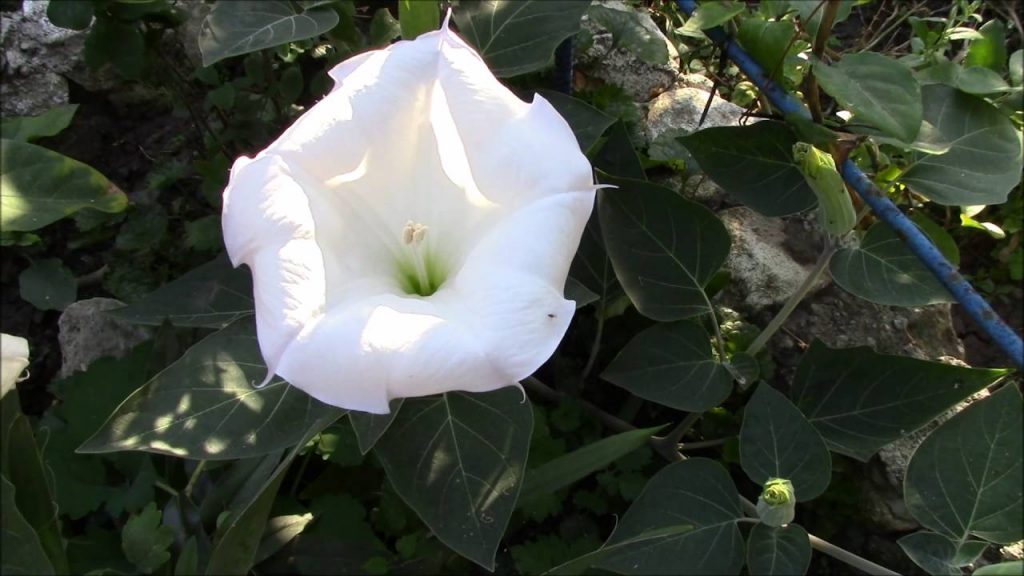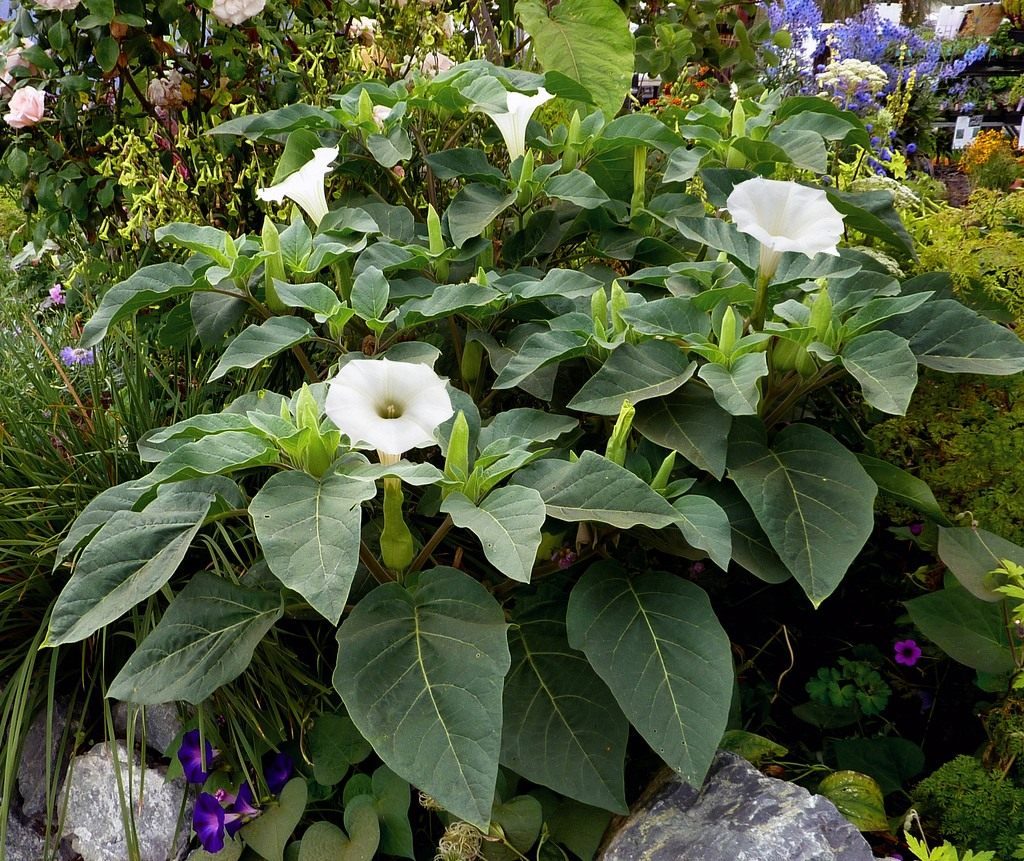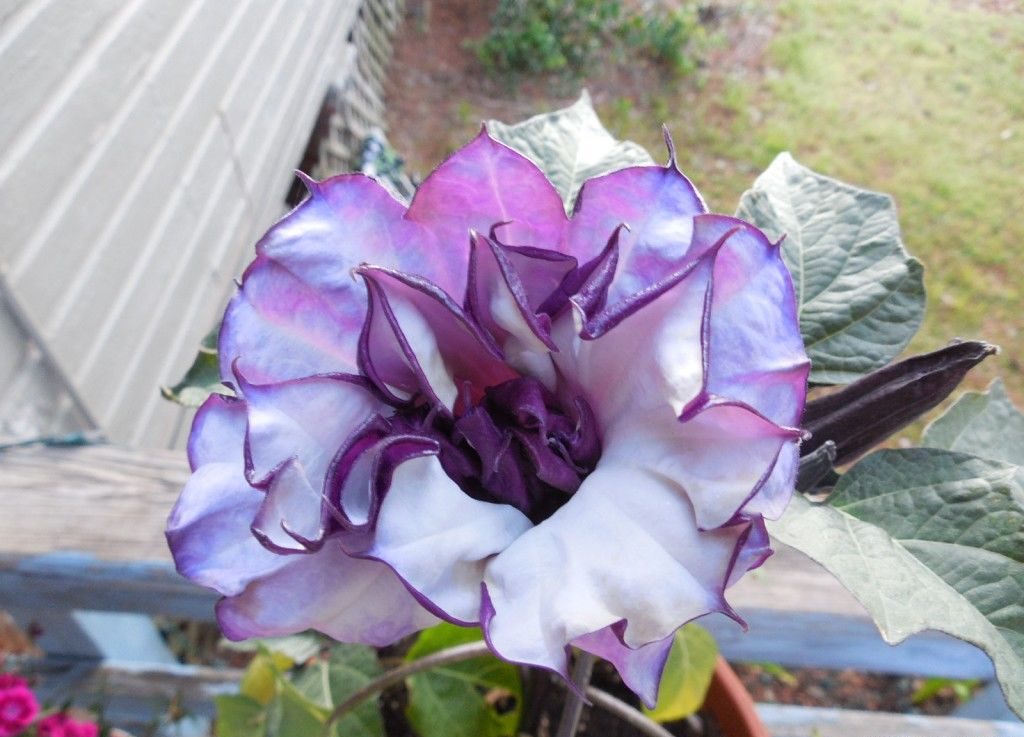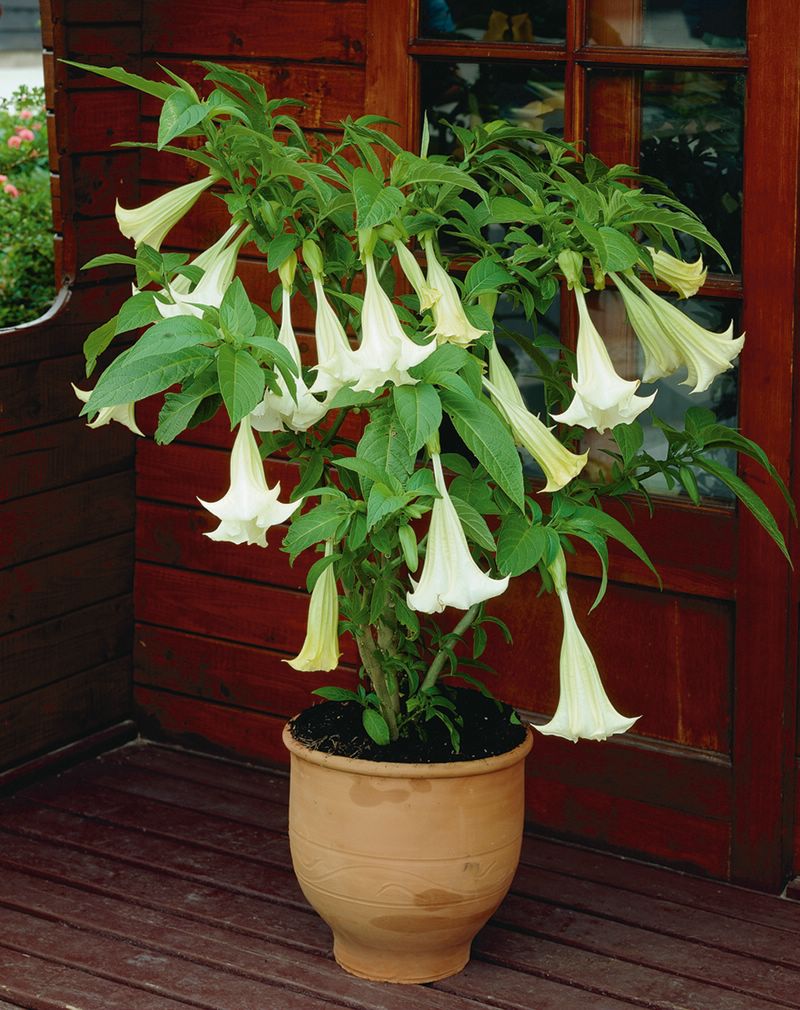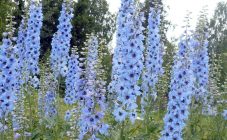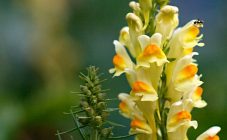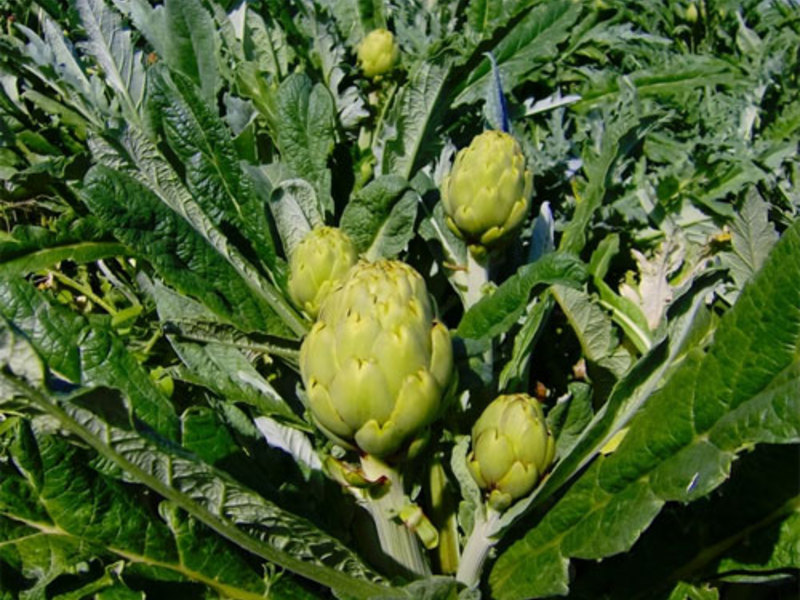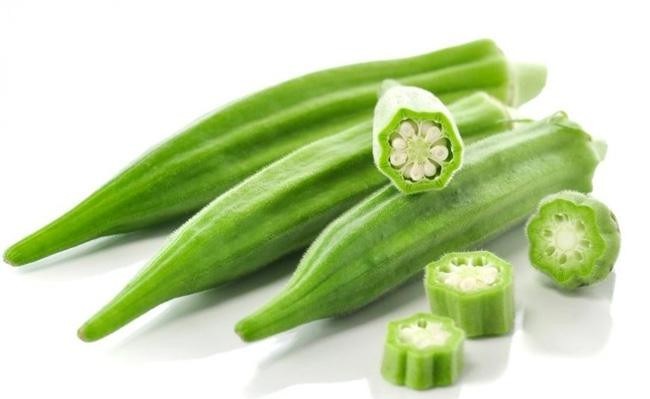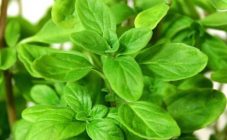Content:
Datura is the Latin name for common dope. Plant of the nightshade family, tall, distinguished by large velvety leaves and large fragrant flowers (up to 25 cm). People call it mad potion, water drunk, witch herb, dope herb. In fact, there is nothing dangerous in growing it, unless, of course, you use it for food. Loves loose soil, rich in nitrogen, feels great on compost or dung heap, prefers warm climatic conditions.
About the plant
Datura contains alkaloids: hyoscyamine, atropine and scopolamine, very poisonous (everything in it is toxic: flowers, leaves, stems, and roots). The glory of the "witch mixture" for the plant has been entrenched since ancient times. The Aztecs used it as a drug that clouded the psyche, consciousness. It is undesirable to grow Datura if there is a small child in the house - children are distinguished by an increased craving for research.
With proper care and lighting, Datura blooms for a long time. In a warm sunny area, a beautiful, spreading, strong bush is formed, in partial shade the plant looks more modest, and in a completely shaded place it dies.
Datura includes a group of herbaceous plants with large flowers growing mainly upward. Datura flower has a wide range of colors: white, yellow, purple, purple, pink and even blue shades.
Datura species: Datura Stramonium (common), Datura metel (Indian), Datura Innoxia (Indian), Datura stramonium var. Tatula, Datura stramonium f. Inermis, Datura gigantea var. Inermis (giant).
The seasonal annual Datura Terry giant and the White Knight are especially widespread in cultivation in central Russia - fragrant, large, ideally white flowers that thrive in the open field. The flowers of Datura Gustomakhrova look no less impressive, the plant is distinguished by its higher growth and light yellow double large flowers.
Pharmacological properties of Datura make it possible to use it in traditional medicine and homeopathy, the main indications for use are psychosis, epilepsy, paralysis, meningitis and tetanus. Perfumer Serge Lutain even created Datura Noir (Black Datura), dedicated to this unique flower that has won such a bad reputation.
Propagation of culture by cuttings
Datura reproduces by means of lateral and apical shoots. Harvesting is usually done at the end of September: a non-lignified stalk with 2-3 internodes is cut off from a ripe shoot, an incision is made immediately under the node, and the largest foliage is removed. Then they are rooted in light soil (vermiculite, peat, perlite) or in water - they take root well in fertile soil or just in a mug of water. Nevertheless, it will not be superfluous to create greenhouse conditions. To do this, you can take a regular package and cover the plant with it, after 10 days the package must be removed, during which time the first leaves should already form.
The cuttings hibernate at home, after the end of the spring frost, they are planted in open ground, where they rooted briskly. The stalk is buried to the first leaves, a small hole is dug out. The soil is moistened, slightly crushed.
It is possible to grow Datura from seeds, it is even easier, especially since they have a good germination percentage.
Growing Datura from seeds
Seeds are sown for seedlings in the last decade of March.
Step-by-step instructions for planting seeds:
- The soil has been prepared since autumn, it should consist of river sand, humus and garden soil, in a ratio of 1: 2: 2;
- Using a growth stimulant: the seeds are soaked in a solution of Epin or Zircon;
- The prepared soil is moistened, seeds are planted and irrigated with warm water;
- The seedlings are placed in a dark place or covered with something to isolate them from light. The optimum temperature is + 25 ° С, but they can begin to germinate even at 10-12 degrees;
- When the first sprouts sprout, the container is moved to a cooler place with good lighting;
- Small sprouts are treated with fungicides to prevent "black leg", which very often affects Datura.
Seedlings are often watered, covered with glass, thus creating greenhouse conditions. The glass is wiped, the crops are ventilated many times. When 2 true leaves appear, they begin to pick, planting the bushes in separate containers.
Planting in open soil is done in late May or early June. By this time, the seedlings should have reached 15 cm in height. When planting in the ground, it is especially important not to damage the root system.
A gap of 100 cm is left between the plants, since it loves space very much. The plot is chosen sunny, protected from winds and drafts.
When planted in open ground, the seed is buried no more than 10 cm. It is recommended to plant them 10 weeks before the last frost.
Datura is distinguished by a low rate of seed germination, the first seedlings are shown only 10-30 days after planting.
Plant care
Datura is quite unpretentious in cultivation. The main care for full growth is high-quality soil, regular watering and pruning.
Watering
The plant has large leaves that evaporate a lot of moisture, especially during the period of active growth, then it needs the most abundant irrigation. Watering is necessary often, at least every other day, and on hot days - even every day. With a lack of moisture, Datura will begin to shed foliage, buds.
When growing datura as a houseplant, watering in winter is reduced to once a week.
Pruning
Pruning is a prerequisite for the full growth of Datura. Flowers on this plant are formed only on young shoots, therefore, branches are cut every autumn, thereby forming a crown. In addition, the plant requires regular removal of faded heads - this activates the flowering process.
Top dressing
In the summer season, the plant is fed every week using mineral and organic fertilizers (alternating).
In addition, it is necessary to take into account that prolonged growth contributes to a significant growth of the bushes, a close group planting will disrupt the correct flowering process, the plants will simply interfere with each other, the use of single plantings is optimal.
Wintering
Indoor plant
Houseplants require high-quality lighting, allow through the sun's rays. For the winter season, the plant is moved to a room with a cool temperature (10-12 ° C), where the flower falls into a dormant period, shedding foliage. Temperatures over 16 degrees provoke the stretching of the shoots and the weakening of the plant.
The overwintered plant is transplanted into fresh soil at the end of winter or in the first spring days. The soil is prepared from clay-sod, greenhouse soil and sand (4: 2: 1) or from equal parts of humus, peat and sand. It is important to provide the plant with a drainage and drainage hole. In larger plants, the top of the soil is changed.
Street
In the open field, the plant dies almost instantly from any frost. Therefore, in order to preserve the dope, it is necessary to transplant it into a suitable pot and place it in a warm place (house, balcony, veranda). After wintering, the plant is weakened, less viable and blooms worse, therefore Datura is most often grown as an annual crop.
"The devil is not so terrible as he is painted" - in a sense, this statement applies to Datura. Despite such "bad" fame, he is not so bad, the main thing is to use him correctly. In addition, none of the plants have such beautiful flowers anymore - they are an excellent option for decorating a garden or home.
